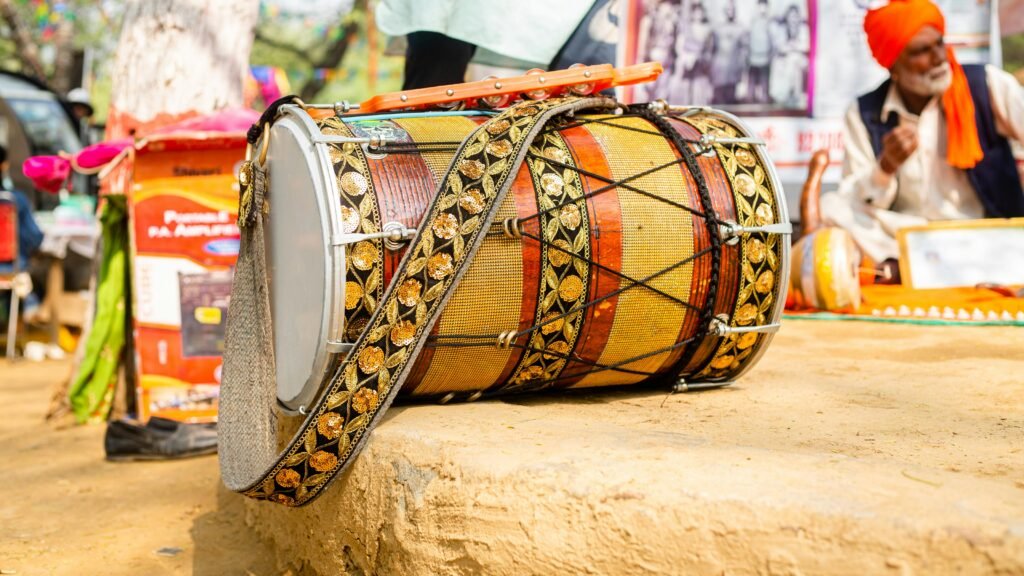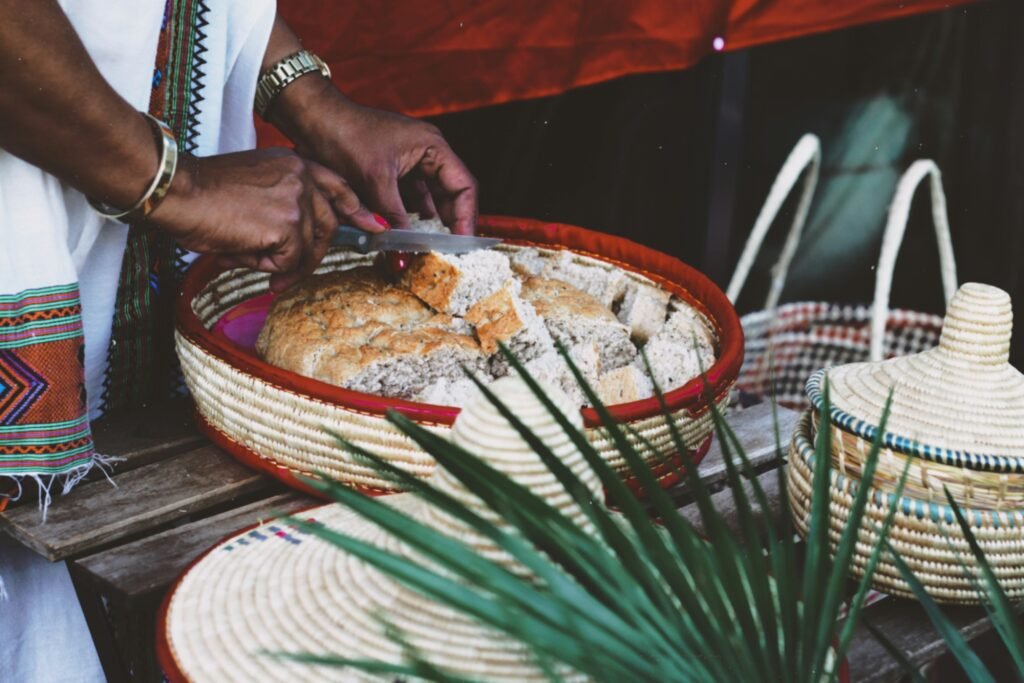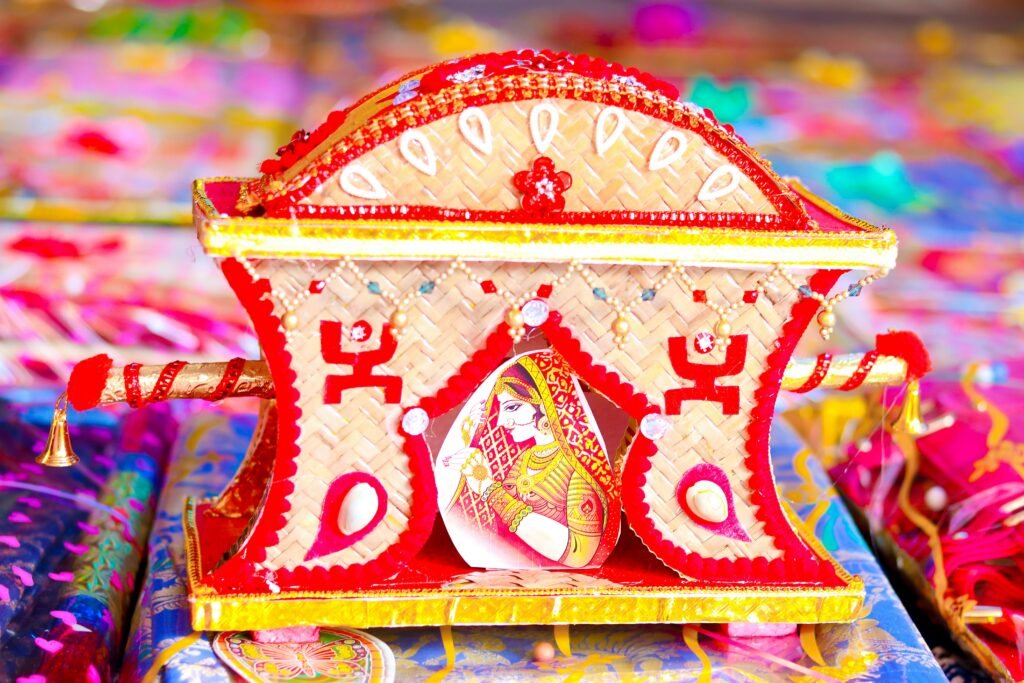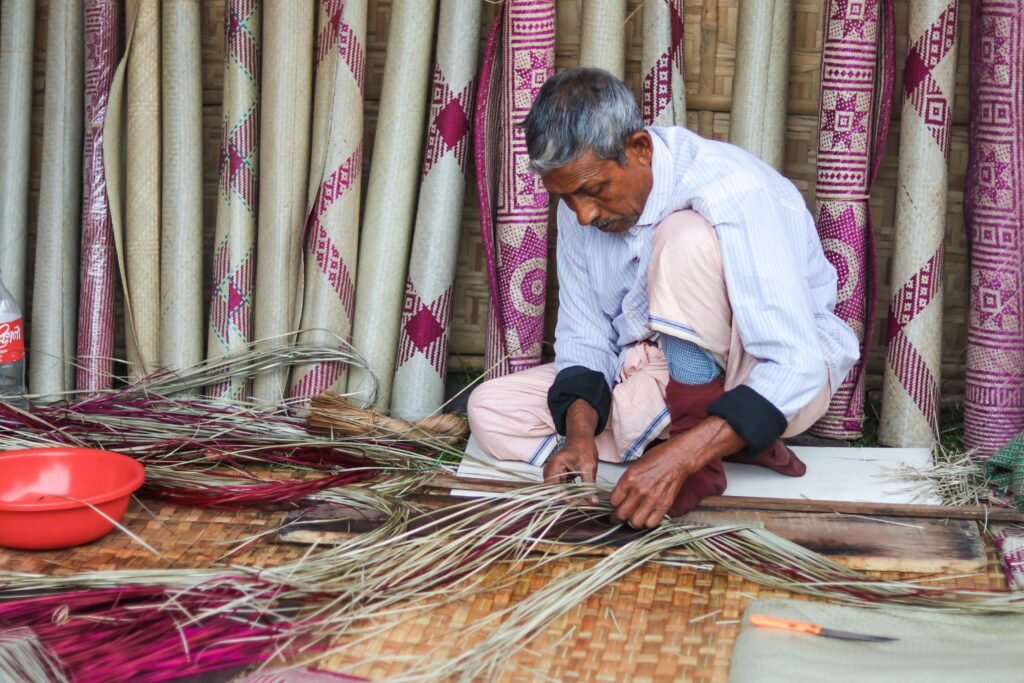The world’s largest bamboo production area is in Asia, and India is the country with the largest bamboo forest area after China. Abundant bamboo resources have become the precondition for the development of Indian bamboo industry. Since historical reasons, Indian social class structure is very different from other countries, however, bamboo handicrafts in India can transcend social classes, becoming an art shared by all Indians.

As early as 1500 B.C, bamboo could be found in the lives of Indians. This hard and strong plant is a perfect material for Indian people to make necessaries. Besides, bamboo is also in a important position of literary works or sacred religious stories. For example, “splitting the bamboo” is a name of Kama Sutra position, the bamboo flute of Krishna in Hinduism, and the bamboo grove of Shakyamuni Buddha in Buddhism.

Bamboo is distributed in all regions of India, but due to the vast territory and significant differences in climate and soil between the north and south, bamboo is most abundant in the northeast, mainly in Assam, Meghalaya, Manipur and other states. Bamboo handicrafts are mainly sold in big cities, such as Delhi, Mumbai.

Bamboo products in northeastern India are mainly bamboo baskets, musical instruments, and bamboo decorations, while in south India are mainly residences, schools, wedding or ritual supplies. There is a traditional fishing technology using bamboo cage. It is a conical cage woven by bamboo strips, with a large opening at the bottom and a small opening at the top. Cover the fish with this bamboo cage and reach in from the top opening to catch the fish. Indian people utilize the natural water flow of the Ganges River to transport bamboo as well. These are the results of Indian people’s much thinking.

The bamboo handicrafts used in religion are very exquisite. Rich colors and ethnic and religious features are the characteristics of bamboo handicrafts in India. At present, the sales of bamboo handicrafts in India are mainly domestically produced and sold, with less export. But there are various styles bamboo handicrafts in Booboa, which are more than eye candy.

With the implementation of the “National Bamboo Development Plan” by the Indian government and the establishment of a national bamboo product research group, bamboo industry in India will develop sustainability. Indian bamboo handicrafts can not only transcend social classes, but also national borders, go to a broader market.

Leave a Reply